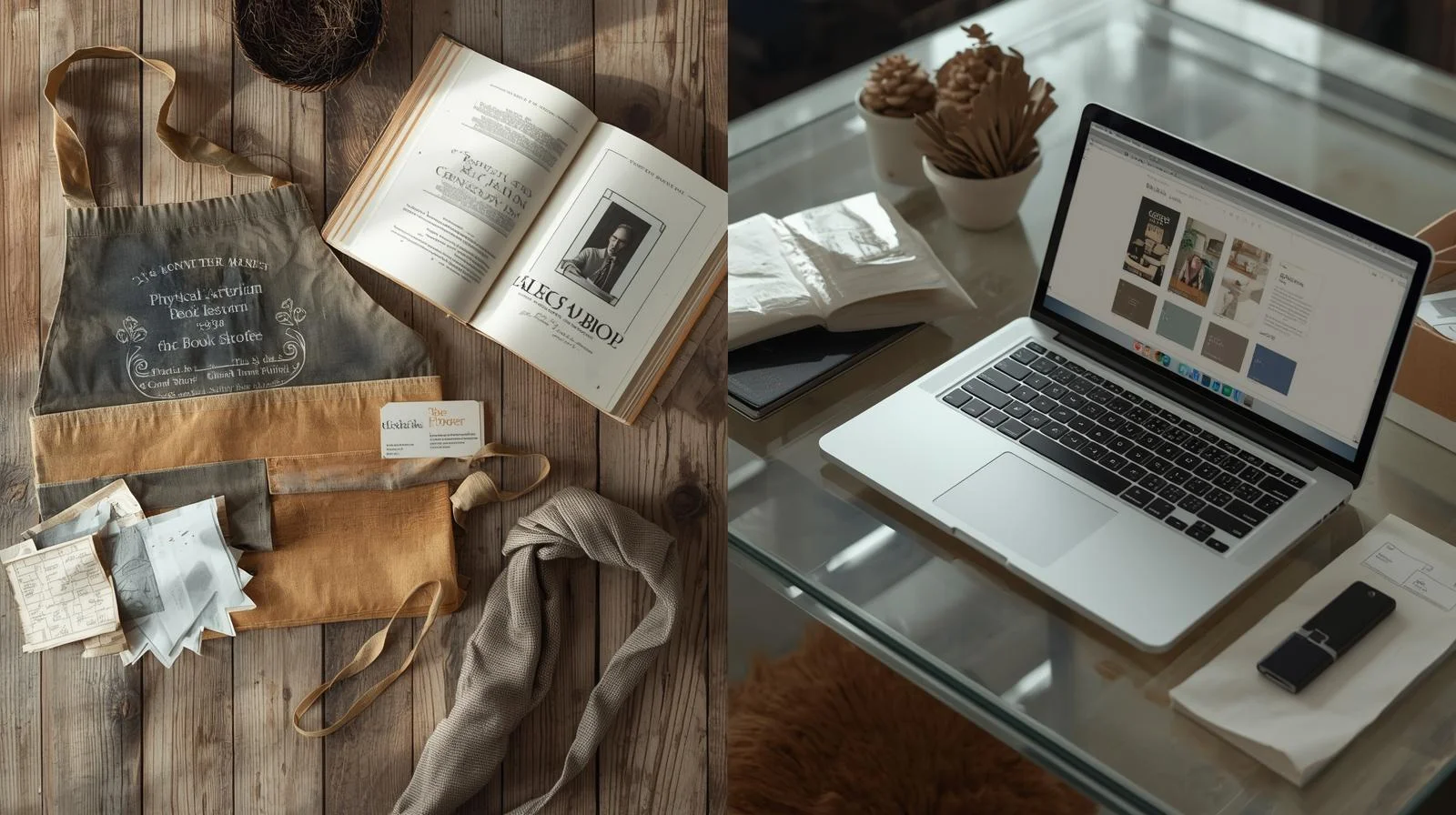Printing your first book is exciting but can feel overwhelming. As a new author, you want your book to look professional and reach readers without breaking the bank. This guide walks you through the steps to print a book, from choosing a printing method to preparing your files. We’ll cover print-on-demand (POD), offset printing, and key tips to ensure your book shines. Let’s get started!
Table of Contents
ToggleWhy Print a Book?
Physical books remain popular, outselling e-books in many markets. Printing a book lets you reach readers who prefer tangible copies. It also adds credibility to your author brand. Whether you’re self-publishing or aiming for bookstores, a printed book can boost your visibility and sales.

Step 1: Choose Your Printing Method
There are two main ways to print a book: print-on-demand and offset printing. Each has pros and cons.
Print-on-Demand (POD)
POD prints books only when ordered. This saves money and reduces waste. It’s ideal for new authors.
- Pros: No inventory costs. Low upfront fees. Easy to update designs. Global distribution through platforms like Amazon.
- Cons: Higher per-book cost. Limited customization options. Slower shipping for some regions.
Offset Printing
Offset printing produces large quantities at once. It’s best for authors expecting high sales.
- Pros: Lower cost per book for large runs. High-quality prints. More paper and binding options.
- Cons: High upfront costs. Requires storage for inventory. Risk of unsold stock.
Step 2: Prepare Your Manuscript
Your manuscript needs proper formatting before printing. This ensures your book looks professional.
- Use CMYK Color Mode: Colors print accurately in CMYK, not RGB.
- Add Bleed and Margins: Bleed extends images to the page edge. Margins keep text safe from trimming.
- Include Front and Back Matter: Add a title page, copyright page, and table of contents.
- Choose Fonts: Use clear, readable fonts like Arial or Georgia for body text.
Step 3: Design Your Book Cover
Your cover is the first thing readers see. Make it stand out.
- Hire a Designer: A professional can create a genre-specific cover.
- Use Templates: Services like Canva or InDesign offer affordable templates.
- Include Key Elements: Add your title, author name, and a barcode with your ISBN.
Step 4: Choose a Printing Service
Popular POD services include Amazon KDP, IngramSpark, and Mixam. Each offers unique benefits.
- Amazon KDP: Great for Amazon sales. Easy to use. Wide distribution.
- IngramSpark: Connects to 40,000+ retailers and libraries. High-quality prints.
- Mixam: Offers POD and offset printing. No minimum orders. User-friendly platform.
Step 5: Order a Proof Copy
Always order a proof copy before printing in bulk. Check the cover, pages, and binding. Look for errors in text, colors, or alignment. This step saves you from costly mistakes.
Step 6: Distribute and Sell Your Book
Once printed, get your book to readers. Here are some options:
- Online Retailers: Sell through Amazon, Barnes & Noble, or Bookshop.org.
- Local Bookstores: Partner with stores to stock your book.
- Direct Sales: Sell on your website or at book fairs for higher profits.
- Global Distribution: Use services like IngramSpark for international reach.

Tips for Success
Here are extra tips to make your book printing journey smooth:
- Get an ISBN: An ISBN helps bookstores track your book. Buy one or use a free one from KDP.
- Choose Paper Stock: Pick a weight (e.g., 70 GSM) and finish (e.g., matte or glossy) that suits your book.
- Budget Wisely: Include costs for editing, design, and shipping. Add 20% for unexpected expenses.
- Read Reviews: Check feedback on printing services to ensure quality and reliability.
Conclusion
Printing a book as a new author is easier than ever. Choose print-on-demand for low risk or offset printing for large runs. Format your manuscript carefully, design a stunning cover, and pick a reliable printing service. Order a proof copy to catch errors, then distribute your book through online retailers, bookstores, or direct sales. With these steps, your book will be in readers’ hands in no time!
Ready to print your book? Try a trusted service like Good Custom Boxes. Share your questions or tips in the comments below!





